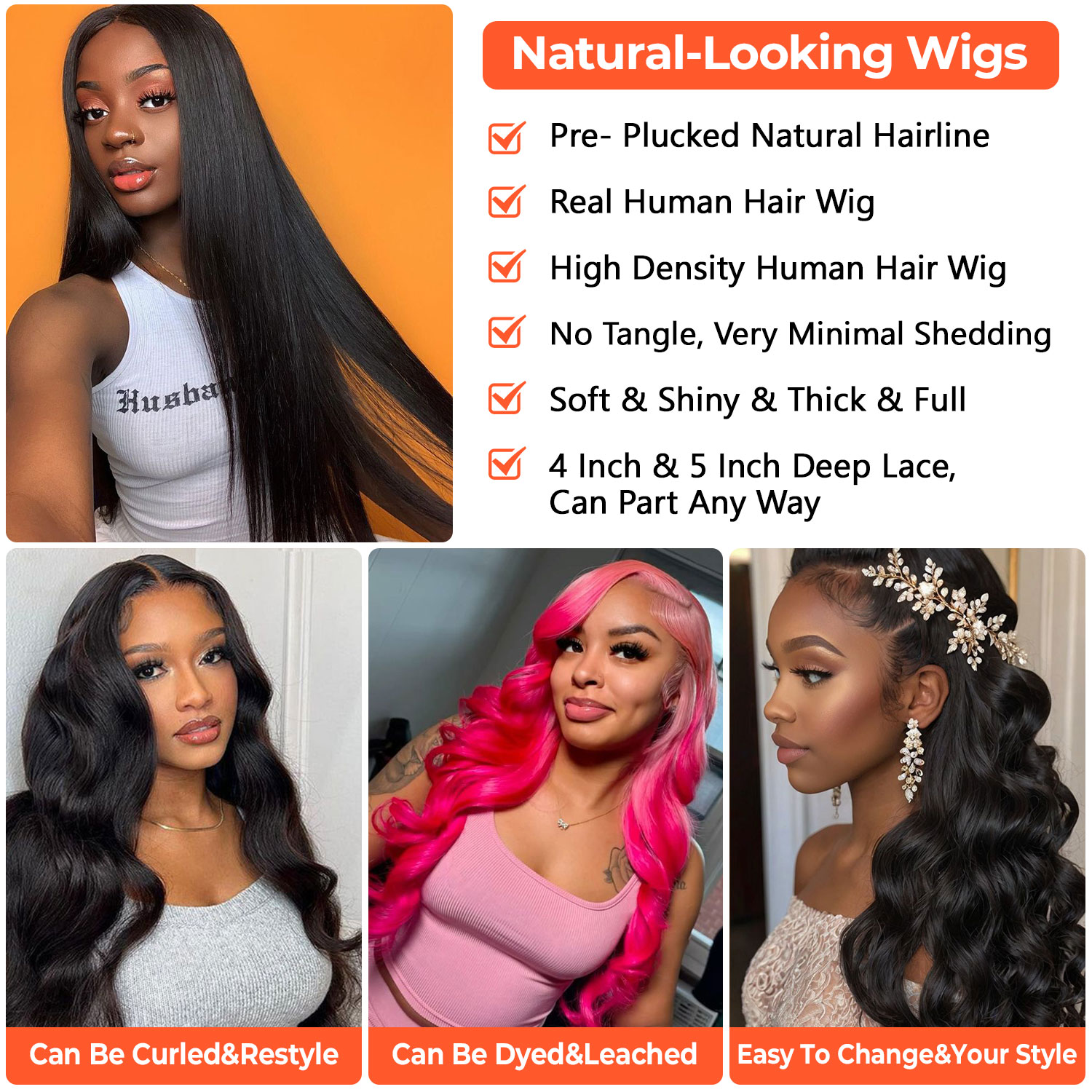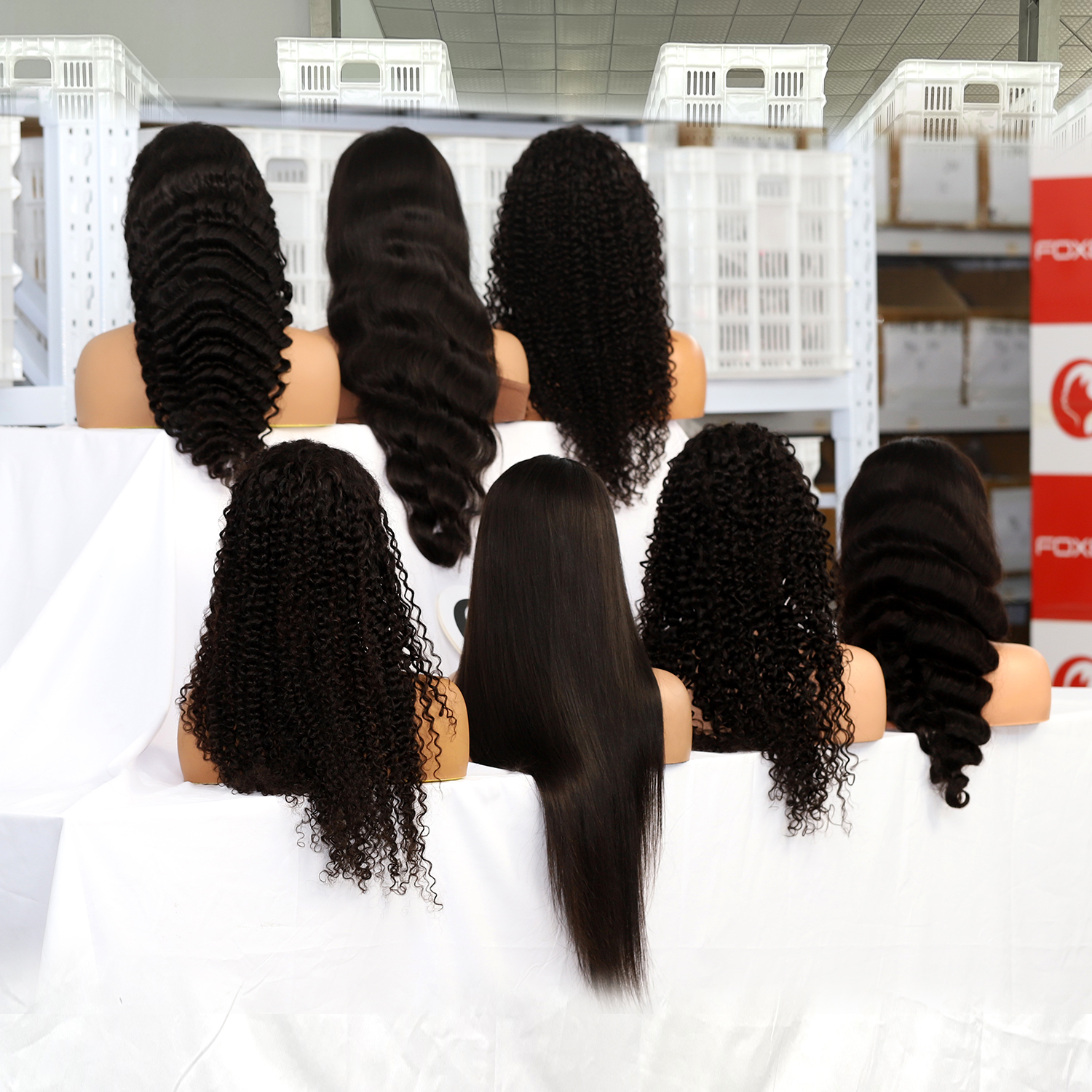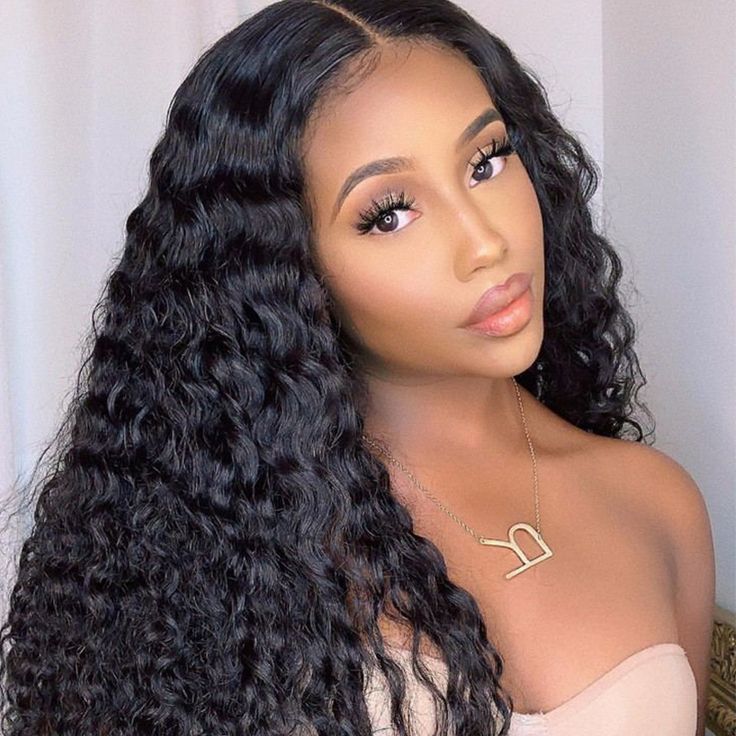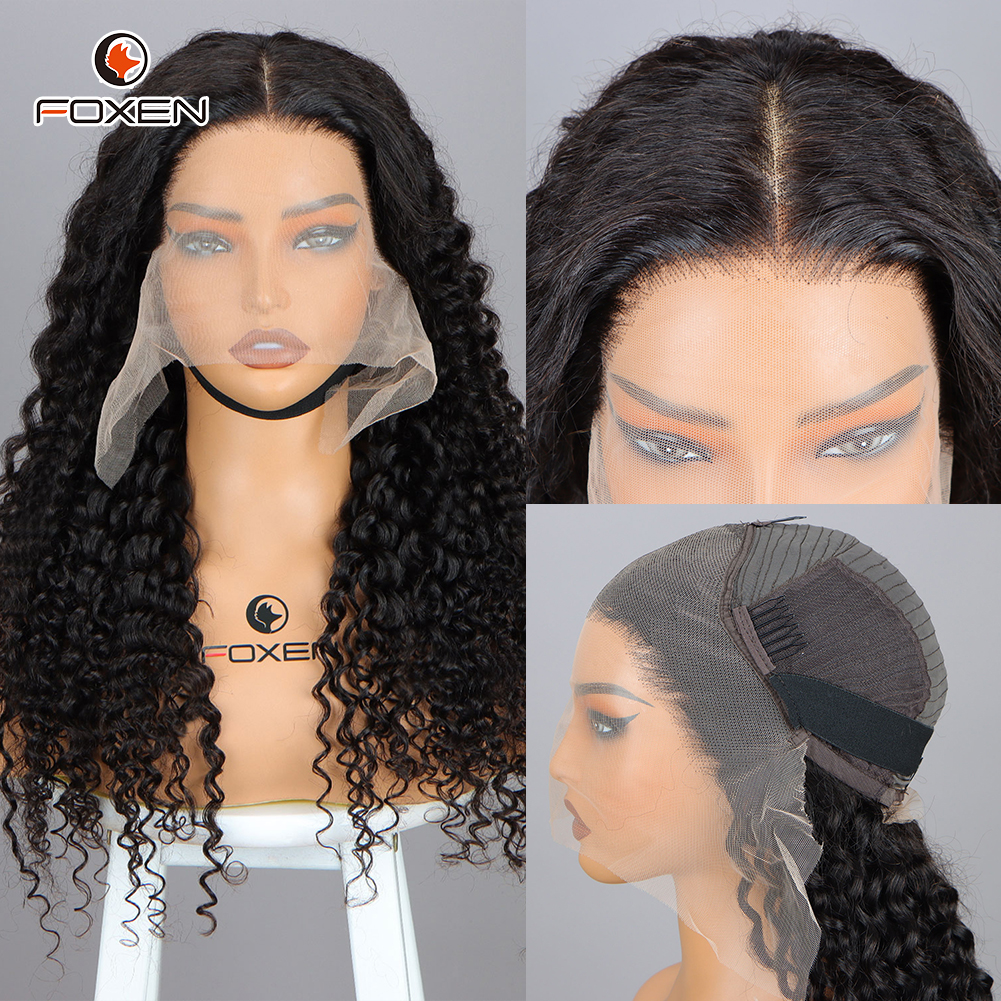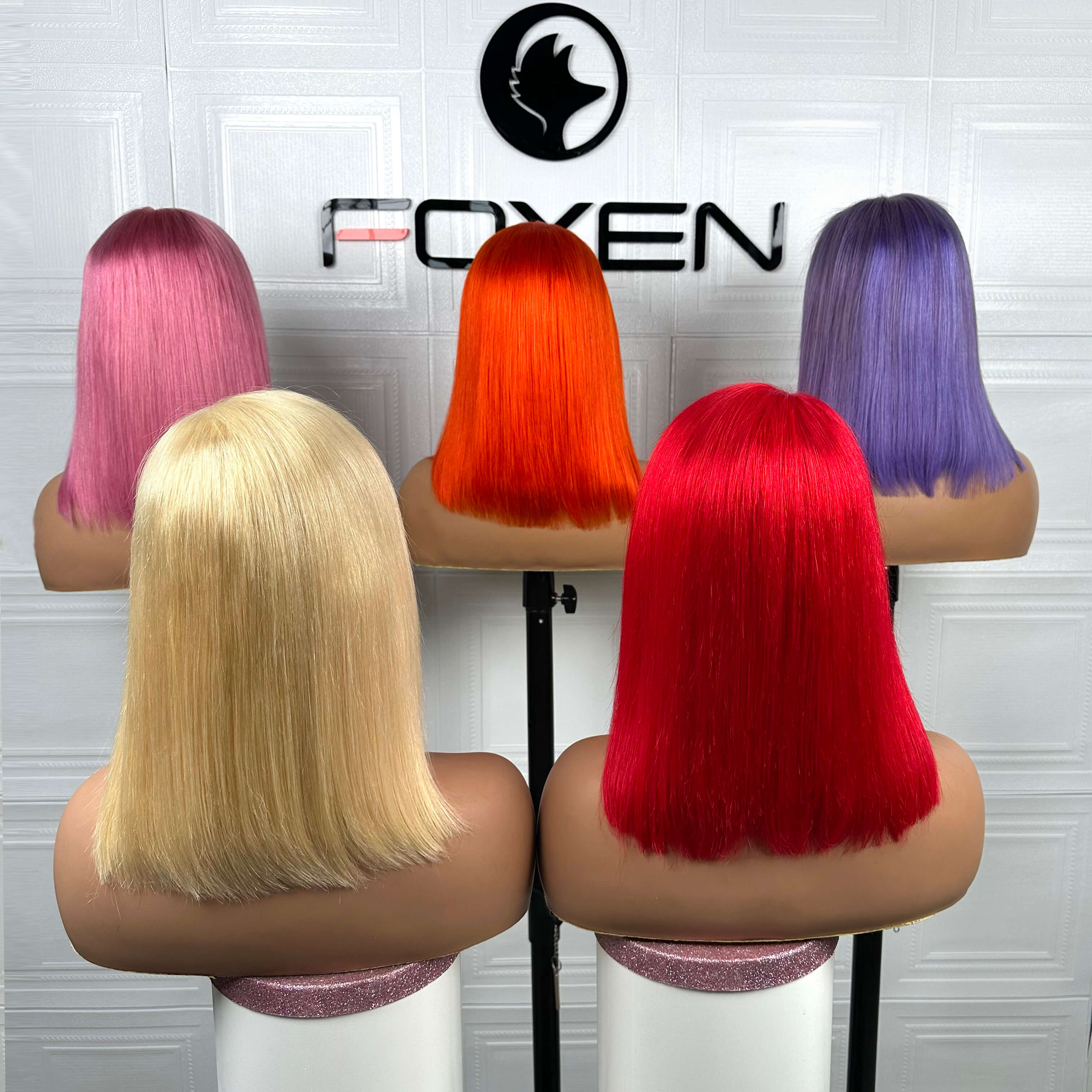Mastering DIY Wig Customization: Trimming, Plucking & Styling Like a Pro
Achieving the perfect wig look at home can be incredibly rewarding and, with the right approach, very achievable. DIY Wig Customization: Trimming, Plucking & Styling Like a Pro is not as daunting as it seems, even if you are new to it. This guide will walk you through the essential steps needed to create a natural, stunning wig that seamlessly blends with your personal style. Whether it's learning how to trim a wig at home or perfecting the art of how to cut baby hairs on a lace front wig, you're in the right place.
How to Trim Your Wig at Home
Trimming your wig at home is the first step in wig customization for beginners. Start by placing your wig on a wig stand and securing it firmly. Use hair scissors to begin trimming. Remember to start with less hair; you can always trim more if needed. Work in small sections, and take your time to avoid making uneven cuts. Wigs made of human hair and synthetic fibers might require different techniques, so always ensure you are using the appropriate tools and techniques for your wig type.
Plucking a Wig Hairline for a More Natural Look

Plucking a wig hairline is crucial for achieving a natural-looking finish. For beginners, start by parting the wig into sections. Using a pair of tweezers, gently pluck hairs along the hairline, working slowly to avoid over-plucking. The aim is to create a gradual thinning of the hairline, mimicking the natural density of a human hairline. Remember always to step back and assess your work regularly to ensure you are not removing too much hair. This method is essential for a realistic appearance, enhancing how your wig blends with your scalp.
Creating Baby Hairs on a Lace Front Wig
Once the hairline is plucked to perfection, it’s time to cut baby hairs on a lace front wig. Baby hairs are short, fine hairs that give the wig a more realistic look. Use small scissors to cut short sections along the hairline. To ensure they blend naturally, these tiny hairs should be shorter than the rest of the wig hair. After cutting, style the baby hairs using a small brush and a bit of hair gel to keep them in place. This step can vastly improve the overall look and feel of your customized wig.
Final Thoughts on Wig Customization for Beginners
Wig customization for beginners can be an exciting and creative process. By learning how to trim a wig, pluck the hairline, and cut baby hairs, anyone can achieve a natural-looking, styled wig without the need for professional help. Practice makes perfect, so don’t be afraid to experiment and find what techniques work best for you. With time and patience, you’ll master the art of DIY wig customization, leaving you with beautiful, custom wigs that enhance your unique style.


